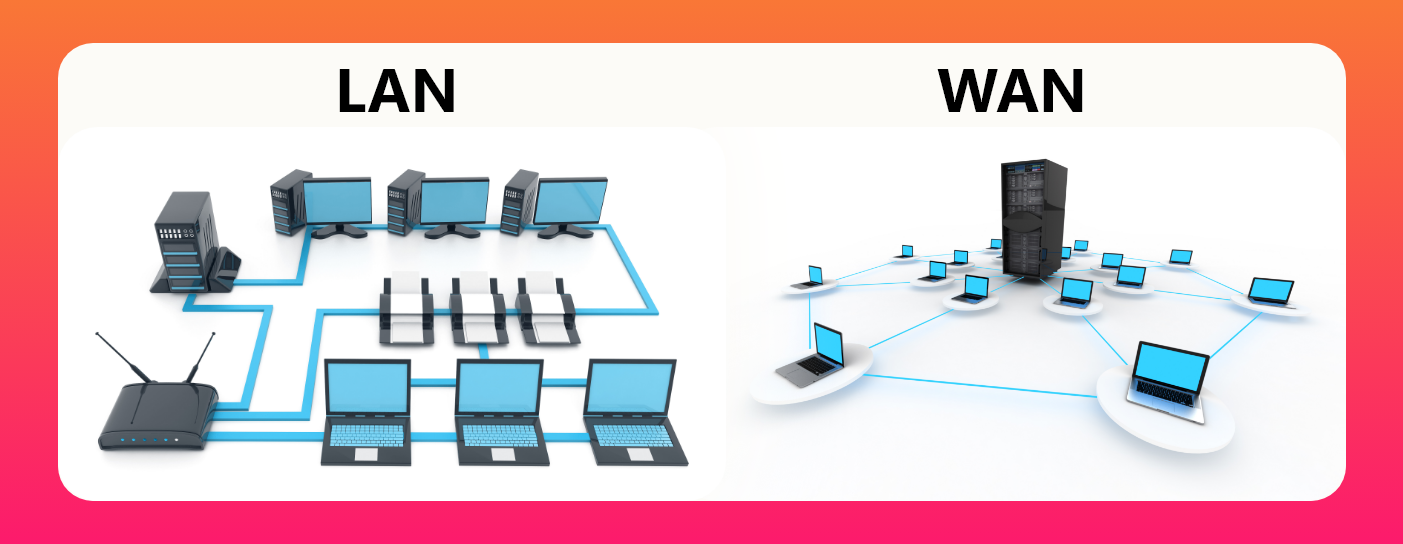Botnet Attack Explained

In the vast and complex landscape of cybersecurity threats, few concepts evoke as much concern as the botnet attack. This type of cyber threat has been a major player in the digital security arena for years, with its potential to wreak havoc on a massive scale. To understand the nature of botnet attacks, it’s essential to delve into what they are, how they operate, and the strategies employed by attackers to exploit them.
What is a Botnet?
A botnet is a network of private computers infected with malicious software and controlled as a group without the owners’ knowledge. These compromised devices can include PCs, smartphones, and even smart home devices. The term comes from the words “robot” and “network,” highlighting the robotic nature of these infected machines as they blindly follow instructions from their controllers. The controllers, often cybercriminals, use botnets to conduct various types of cybercrime, including distributed denial-of-service (DDoS) attacks, spamming, and spreading malware.
How Does a Botnet Attack Work?
The process of creating and executing a botnet attack involves several key steps:
Infection: The first step is infecting the target devices with malware. This can be achieved through various means, such as phishing emails, infected software downloads, or exploiting vulnerabilities in operating systems or applications.
Communication Establishment: Once infected, the malware establishes communication with a command and control (C2) server. This server is controlled by the attacker and serves as the central command center for the botnet, sending instructions to the infected devices.
Control and Operation: The infected devices, now bots, wait for instructions from the C2 server. Depending on the nature of the botnet and the goals of the attackers, these instructions could range from launching a DDoS attack against a website to stealing sensitive information from the infected devices.
Executing the Attack: When the time comes, the attacker sends a command through the C2 server to the bots, instructing them to perform a certain action. For example, in a DDoS attack, each bot in the botnet might send a request to the target website, overwhelming it with traffic in an attempt to make it unavailable to legitimate users.
Types of Botnet Attacks
Botnets can be used for a variety of malicious activities, including but not limited to:
- DDoS Attacks: By overwhelming a network or system with traffic from multiple sources, attackers aim to make the targeted system or network resource unavailable to users.
- Malware Distribution: Botnets can be used to distribute malware to other devices, further expanding the reach of the botnet or spreading different types of malware.
- Spam and Phishing: Infected devices can be used to send large volumes of spam or phishing emails, aiming to deceive recipients into divulging sensitive information or downloading more malware.
- Cryptomining: Using the collective computational power of the bots, attackers can engage in unauthorized cryptomining, a process of using computer resources to mine cryptocurrency.
- Data Theft: Botnets can be used to steal sensitive information, including login credentials, financial information, or personal data.
Protecting Against Botnet Attacks
Protection against botnet attacks requires a multi-faceted approach:
- Keeping Software Up-to-Date: Regularly updating operating systems, applications, and firmware can help protect against known vulnerabilities that attackers might exploit.
- Using Anti-Virus Software: Employing reputable anti-virus software can help detect and remove malware, including botnet malware.
- Safe Browsing Practices: Avoiding suspicious links, not downloading software from untrusted sources, and being cautious with email attachments can reduce the risk of infection.
- Network Monitoring: Regularly monitoring network traffic for unusual activity can help in early detection of botnet communications.
- Implementing Security Measures: Using firewalls, intrusion detection systems, and VPNs can enhance security against botnet attacks.
The Future of Botnet Attacks
As technology evolves, so do the tactics of cybercriminals. The increase in IoT devices has introduced new vulnerabilities, as these devices can also be infected and turned into bots. Moreover, the rise of sophisticated malware and the potential for AI-driven attacks poses significant challenges for cybersecurity.
The battle against botnets is an ongoing one, requiring continuous innovation in security measures and awareness among users. As we move forward, it’s crucial to recognize the importance of preventive measures, timely updates, and comprehensive security protocols in protecting against these threats.
What makes a device vulnerable to becoming part of a botnet?
+Devices are typically vulnerable due to outdated software, unpatched vulnerabilities, weak passwords, and engaging in risky behaviors such as clicking on malicious links or downloading software from untrusted sources.
How can one detect if their device is part of a botnet?
+Detection can be challenging, but signs include unusual network activity, slower device performance, and unexpected behaviors such as the device connecting to unknown servers. Using anti-virus software and monitoring device and network activity can help in detection.
What role do IoT devices play in modern botnet attacks?
+IoT devices, due to their increased number and often inadequate security measures, have become a significant target for botnet creators. Their infection can lead to DDoS attacks, data breaches, and other malicious activities, given their interconnected nature and potential access to sensitive information.
In conclusion, botnet attacks represent a formidable threat in the digital landscape, with their potential to disrupt services, steal information, and spread malware on a massive scale. Understanding how botnets operate and implementing robust security measures are critical steps in mitigating these threats and securing the digital world for all users.



